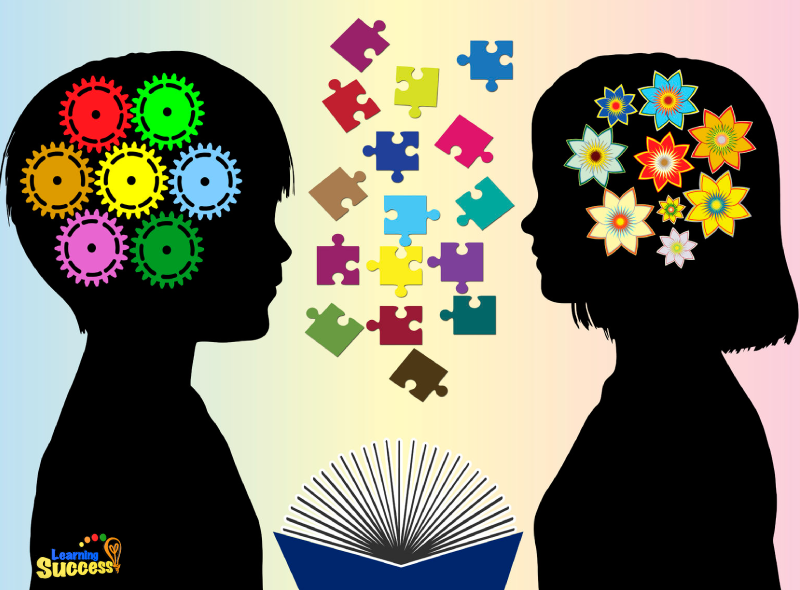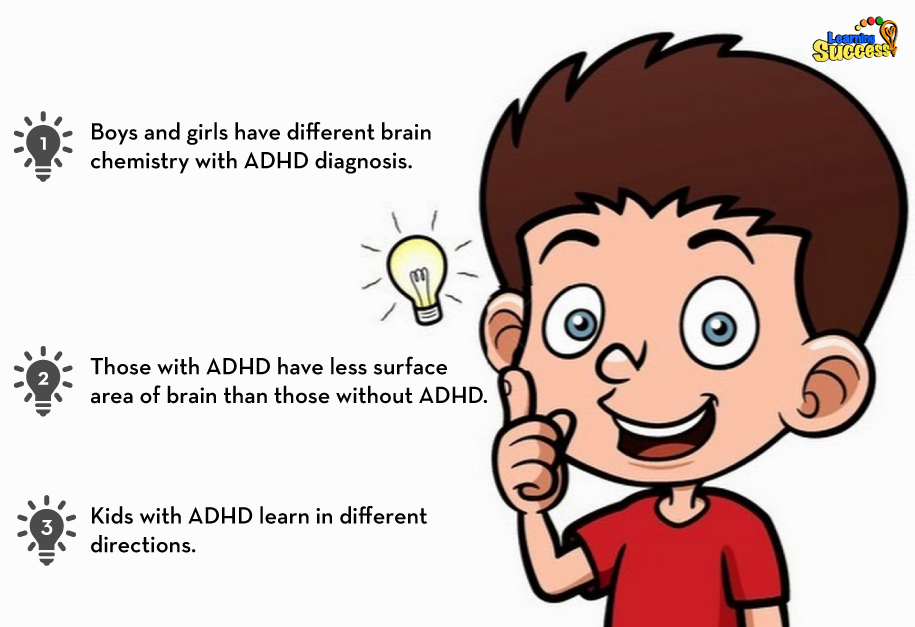
ADHD affects nearly ten percent of children in the U.S. There are differences between boys and girls with ADHD. The diagnosis has been seen in higher concentration among boys. Now the tide is turning. The number of girls with ADHD is increasing.
ADHD and gender differences in the brain
- Boys with ADHD show less brain surface area in the impulse control department.
- Girls have less surface area in the part of the brain controlling organizational skills.
This is why boys present more hyperactivity issues. Girls present more quiet organizational disruption.

Research was performed by the Kennedy Krieger Institute in Baltimore, Maryland.
They scanned children’s brains and discovered differences in:
- Organizational skills
- Motor control
Research explores how gender based differences affect learning.
A decrease in surface area is associated with greater symptom severity. The differences between the genders show a functional difference in the severity of ADHD
Key Takeaways:
There are significant differences in how male and female ADHD students behave.
These differences provide educators with better insight into a child’s mind. It also allows them to better accommodate ADHD. This study needs clarifications. However, it is an exciting first step toward effective treatment of children with ADHD.
If you or someone you know is having difficulty with ADD or ADHD, and that affects learning, then you’ll want to try our free assessment. Learn how to get to the root of the problem. Find out which micro-skills need strengthening and increase learning ability. Take our assessment by clicking here.
Do You Need help with a Learning Difficulty?
Our simple online analysis will help you get to the core of the problem and find the right solution for you.
Understanding how to help someone with a learning difficulty starts with understanding which micro-skills are affected. When you learn which of the micro-skills is the problem, you will then be on your way to solving it.
You'll also learn how to:
- Build confidence
- Enhance Learning ability
- Eliminate avoidance
- Build grit
You can get this analysis for free by filling out this simple form. This will help you get to the bottom of a learning difficulty and provide you with a solution. If you are ready to put this problem behind you click the button below and fill out the form.










